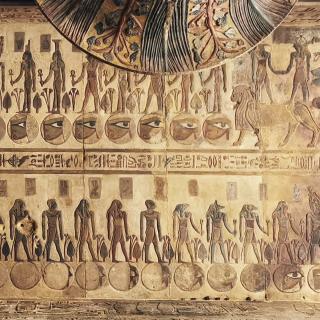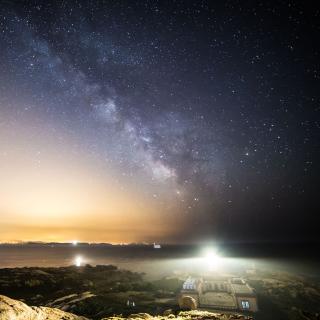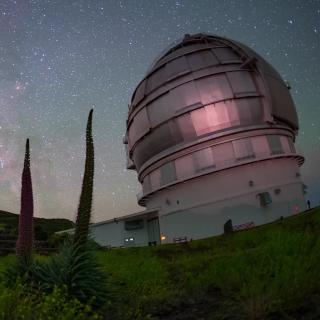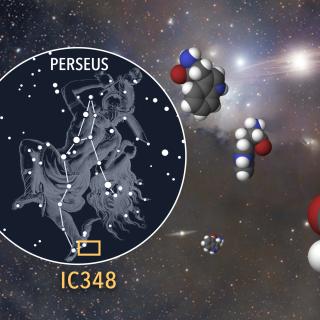
The editorial Springer is publishing the book “Astronomy of Ancient Egypt: A Cultural Perspective” by the researcher at the Instituto de Astrofísica de Canarias (IAC) Juan Antonio Belmonte, and the egyptologist from the Universitat Autónoma de Barcelona (UAB) Josep Lull. The book analyzes and synthesizes the collected research during the last two hundred years about the cosmogony and the cosmovision of ancient Egypt, together with up to date research. The book will be presented in a panel discussion on Friday June 30th at 18:00 h in the Museum of Science and the Cosmos (MCC) of Tenerife, in
Advertised on



